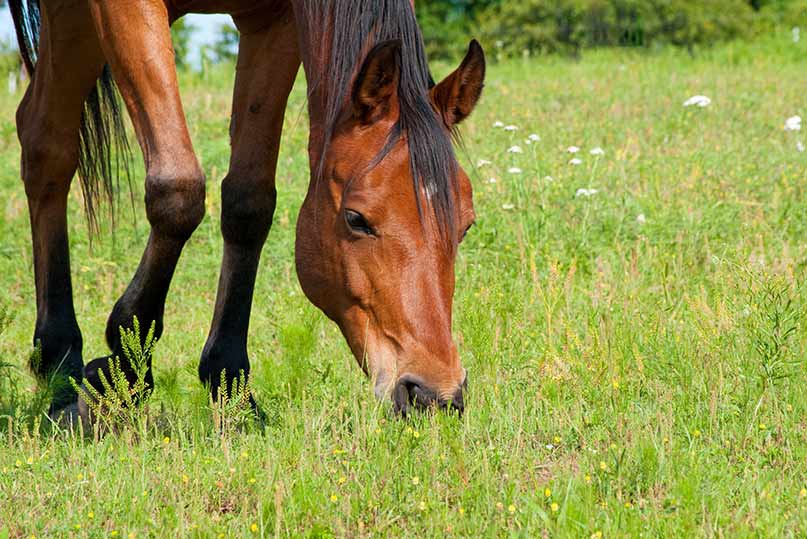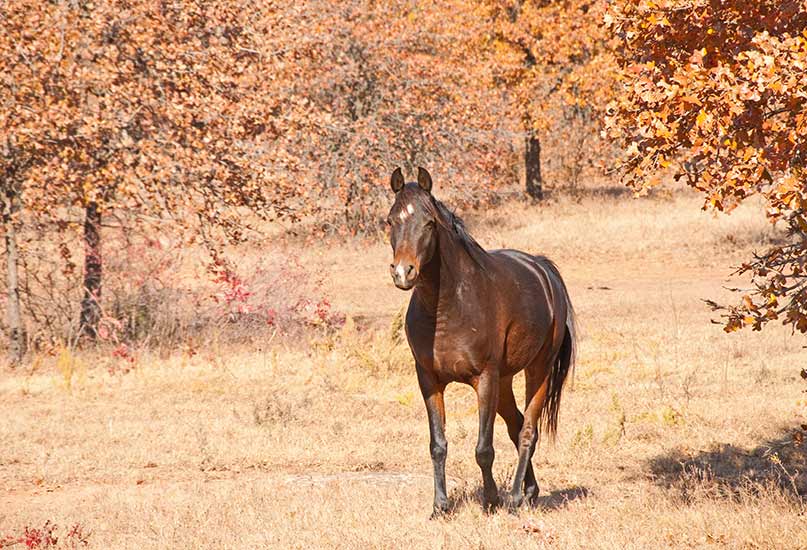
Stringhalt is a somewhat common disease in Australia, but what is it exactly and how can you help your horse? Petplan will take a look in to stringhalt, the causes, diagnosis and treatment for your horses.
What is stringhalt?
Stringhalt is a gait abnormality that is a non-painful disease. It is commonly characterised by the exaggerated lifting of the hind limb that occurs at every stride at a walk. It will lessen at a trot and will usually be non-evident as your horse gets in to a canter. Stringhalt has been associated to a degeneration of the nerves in the horse???s hind legs, and can become increasingly more serious over time. Depending on the severity of the disease, horses can usually fully recover from it.
Causes
To put it simply, stringhalt is poorly understood and there are a range of conflicting views about how it is caused and what treatments work. ??In saying this though, many people believe that it is closely related to a nutritional deficiency (energy, minerals, or vitamins) or a plant toxicity that cause the nerves to degenerate.
Stringhalt has also been closely linked to horses grazing on relatively poor quality pastures or pastures heavily infested with flatweed (false dandelion). However, it is likely to be a mixture of these things that cause the disease.

Diagnosis
It is imperative to catch stringhalt in its early stages as once it becomes too severe, the horse may have to be euthanized. Keep a close eye on their hind legs as you???re backing them out of their stall after a couple of days of hard work and watch for lifting of their hind legs. A false diagnosis of stringhalt can sometimes be attributed to a temporary irritation or a lesion on the foot. A veterinarian???s opinion is always best to be sure you know what you???re dealing with.
Treatment
At the first signs of stringhalt, it is important to act quickly move your horse to another paddock may be all that you need to do. By removing them from the potential poor quality pasture and flatweed, the horse will be able to graze and will recover naturally over time.
In more severe cases, surgery for your horse may be necessary. This involves a tenonectomy of the lateral extensor of the digit, including removal of a portion of the muscle. It takes roughly 3 weeks for the horse to recover but has been said that it has given the best results.
As stringhalt is still somewhat of a mystery, it is best to take all precautionary steps to avoid poor quality pastures and pastures overrun by weeds. All it takes sometimes is a change of paddock and improvement of their diet to get rid of the disease. If symptoms continue to persist, call your local equine vet for a further look.


